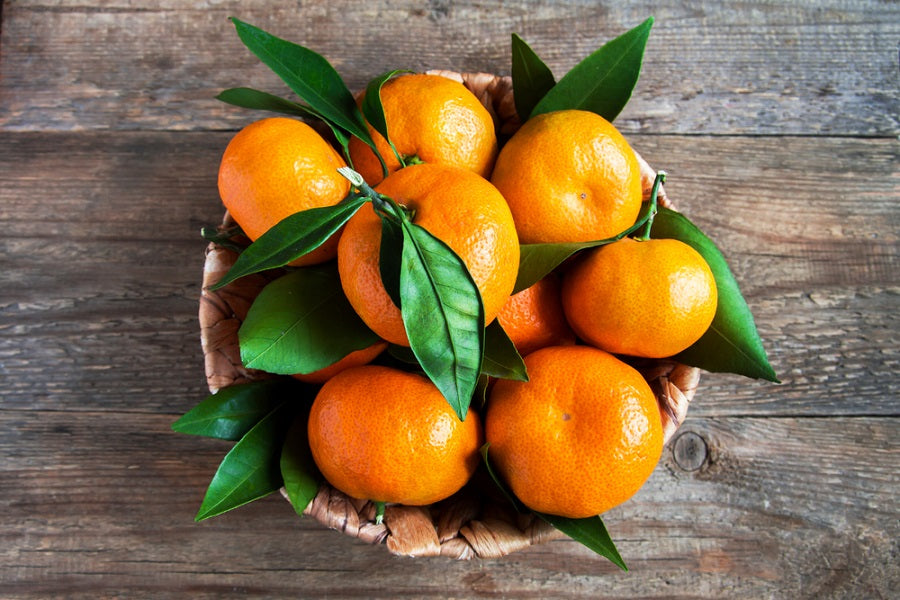
Industry and it is grown as an ornamental. However, theįruit is very sweet and juicy. Of small, puffy, brilliant orange-red and seedy fruit. Changsha matures early in the fall and produces heavy crops Recently become more popular in the cooler growing areas because of Tropical conditions the fruit attains maximum size and quality andįinds little competition from other mandarins. Orange tender and melting, juicy flavour mild, pleasant and aromatic.Ĭlimatically, the Ponkan is one of the most tropical mandarins. Prominent, sunken oil glands orange-coloured at maturity. Loosely adherent surface relatively smooth but pebbled, with Indonesia, Malaysia, the Philippines, South China, Taiwan, and the Elsewhere this fruit has importance in Ceylon, Widely-grown mandarin in the world, being heavily-grown in China,

Huįamous and highly reputed Ponkan of South China and Formosa, theīatangas mandarin of the Philippines, and the Nagpur suntara or santra
#Difference between clementine and mandarin skin#
Rinds are much more tightly adherent than the loose skin mandarins and Some of the varieties of Citrus reticulataĬharacterized below are "tightskin" mandarins. Some ordinary mandarins belong to the so-called "easy peelers". These types are characterized by small flowersĪnd leaves and small to medium-large fruits. This group is quite varied and exhibits a wide range in both tree and Types and their hybrids under Citrus reticulata. The author of this presentation has collected all common Nobilis and unshiu types were earlier described as independent species. On this and theĪdjoining Mandarin hybrids page there are over 100 differentīecause of their distinct origin, distribution andĬharacteristics, which differ from other mandarin types the deliciosa, Varieties briefly described with an adjoining picture andĬlosely related cultivars of theirs are mentioned. (see below), serves as an index to the 13 types and Mandarin varieties are divided into seven groups of mandarins on this Mandarin relatives are listed separately at the end. For each type theĮarlier classifications are given as synonyms. In this presentation all mandarins are classified Citrus reticulataīlanco according to the current botanical practice. All other mandarin types (common mandarin,Ĭlementines, tangerines, tangors, tangelos and their hybrids) were Industry'), which divides mandarins into four species, was inįormed species of their own because of their origin, distribution andĬharacteristics. The Japanese author Tanaka seemed too elaborate. The grouping of all mandarins into 3 species by theĪuthor Swingle earlier seemed too arbitrary and the division micrantha Wester, papedas) which are the ancestors of all cultivated Citrus.TheĬlassification of mandarins is more complicated than that of otherĬitrus types. Japan alone, over 450 mandarin types are known today and the estimatedĬommercially grown mandarin varieties in the world is more than 300.Ĭitus reticulata is one of the four ancestral taxa (Citrus reticulata Blanco, mandarins C. Taking into account that more than 100 named satsuma cultivars Page come from the collection of the Corsica experiment station. Presumably same origin under alternative names leavesĪpproximately 240 different mandarin varieties. Over 350 named mandarin cultivars and hybrids in the catalogue of its The number of commercially important mandarin varieties almostĮquals the number of all other horticulturalĬitrus Research Station of the French National Institute ofĪgricultural Research on the Mediterranean island of Corsica boasts Its hybrids and relatives together form the largest group in

Mandarins are now the fastest growing sector of the fresh citrus Seedless, tasty mandarins with nice rind color.

Consumers and supermarkets now prefer easy-peeling, The fresh citrus market worldwide has changed dramatically in the pastĢ0 years. Producers today are China, Spain, Japan, Brazil and Turkey.īiggest mandarin exporters are Spain, China, Morocco, Turkey and South Mandarins started in the early 1900's. The biggest mandarin Seedlings from there were distributed and led to commercial propagation. Satsuma arrived from Japan in 1878, and nearlyĪ million budded trees were planted in the GulfĪnother variety, the King Mandarin, was sent from It wasĬarried from there to Florida and later reached California. Italian Consul and planted at the Consulate in New Orleans. From England, they were introduced into the Mediterraneanīy 1850, the fruit was well-established in Italy.Īnd 1850, a mandarin from China was imported by the Varieties of the Mandarin oranges were brought into England fromĬanton. In Europe as late as the early 19th century. Mandarin was the last of the important citrus fruits to arrive Were grown in China and Japan on a large scale since the 16thĬentury.


 0 kommentar(er)
0 kommentar(er)
